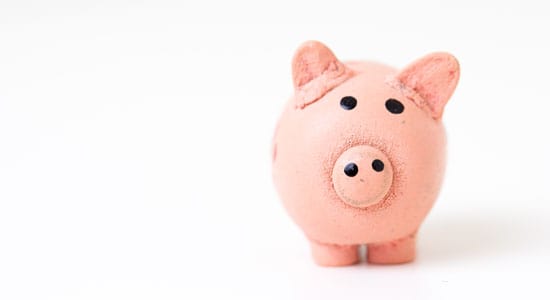Pension Annual Allowance and the over 55s and Pensions Recycling
Since 6th April 2015 it has been possible for those over 55 to flexibly access their defined contributions pension schemes (money purchase schemes).
Normally 25% of the pot will be taken as a tax free lump sum and the balance receivable as a taxable pension.
Careful planning could present an individual with an opportunity to capitalise on the scheme by recycling the lump sum back into a money purchase scheme and repeating the exercise. This is of importance should the individual wish to continue making pension contributions.
Such opportunities were envisaged when the legislation for pension freedom was passed.
Pension contributions in any year over a statutory limit of £40,000 carry a claw back of tax relief obtained at source or higher rate tax relief through self-assessment or by tax calculation. (It is possible to exceed this limit by reference to the unused amounts of annual allowance of the previous 3 years but it is not the purpose of this article to consider this)
Without the special rules a tax free lump sum of up to £40,000 (assuming no restriction for high income applies) could be re-invested back into a money purchase scheme. Thus rolling forward and allowing a further lump sums to be paid out.
The law does not forbid recycling but places a new limit on the annual allowance. This is known as the Money Purchase Annual Allowance.
When first enacted the Money Purchase Annual Allowance was set at £10,000 per annum this was reduced to £4,000 with effect from 6th April 2017.
The limit applies from the first tax year (Starting 6th April) following the first flexible draw down.
So, for example, a 56 year old flexibly accessing a money purchase pension pot on, say, 1st December 2019, this being the first flexible draw down, will have a Money Purchase Annual Allowance of £4,000 from 6th April 2020.
It should also be noted that the Money Purchase Annual Allowance cannot be enhanced by using unused annual allowance from the previous 3 years.
So, in the example above, the maximum contribution on or after 6th April 2020, without incurring an annual allowance charge would be £4,000.
When planning to flexibly access the money purchase pension pot, the individual should have regard to these provisions and consider, if at all possible, deferring the withdrawal until on or after the next 6th April which would buy an extra year at the standard allowance of (unrestricted) £40,000.
The pensions annual allowance charge is collectible through self-assessment and is added on to the standard tax bill for the year. Such charges may be settled out of the pension pot should the necessary elections be made. Although this would seem to defeat the object.
As ever, it is important to consider all of the aspects regarding a flexible access to a pension pot and further help and information should be sought from a tax advisor and, it is recommended, an Independent Financial Advisor.
Tax Questions? For further information on any tax query please contact the Vantage Tax Team.
Related News Articles
Mileage Tax Relief Guide
Guide to Claiming Tax Relief on Mileage Expenses (Where Reimbursed Below HMRC Rates) Step 1: Confirm Eligibility You may claim tax relief if: - The mileage relates strictly to business travel (not ordinary commuting). - You are using your own vehicle. - Your employer reimburses you below the HMRC Approved Mileage Allowance Payments (AMAP): -…
Government to Raise Income Threshold for Self-Assessment Reporting and Launch Simple Online Tax Payment System
Move expected to reduce administrative burdens for up to 300,000 taxpayers The Government has announced its intention to raise the income threshold at which individuals are required to register for Self-Assessment. This change will affect taxpayers with low levels of trading, property, or miscellaneous income and forms part of a broader package aimed at simplifying…
Mandatory Real-Time Reporting of Benefits in Kind Delayed Until April 2027
HMRC delays mandatory payrolling of most employee benefits by one year HM Revenue & Customs (HMRC) has confirmed a 12-month delay in the implementation of mandatory real-time reporting for most benefits in kind (BiKs). Initially expected to come into force in April 2026, the requirement will now apply from April 2027. This extension follows feedback…
